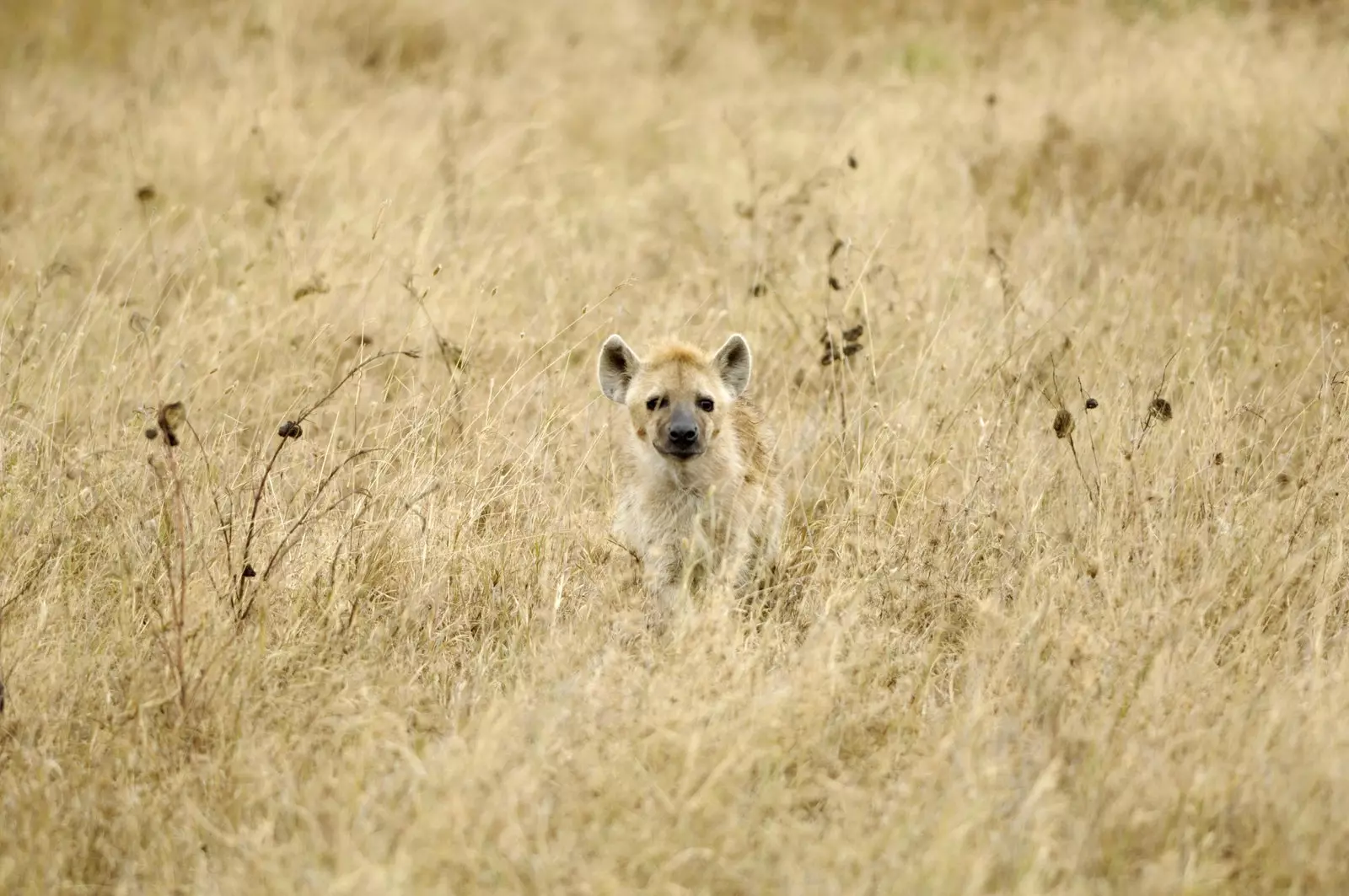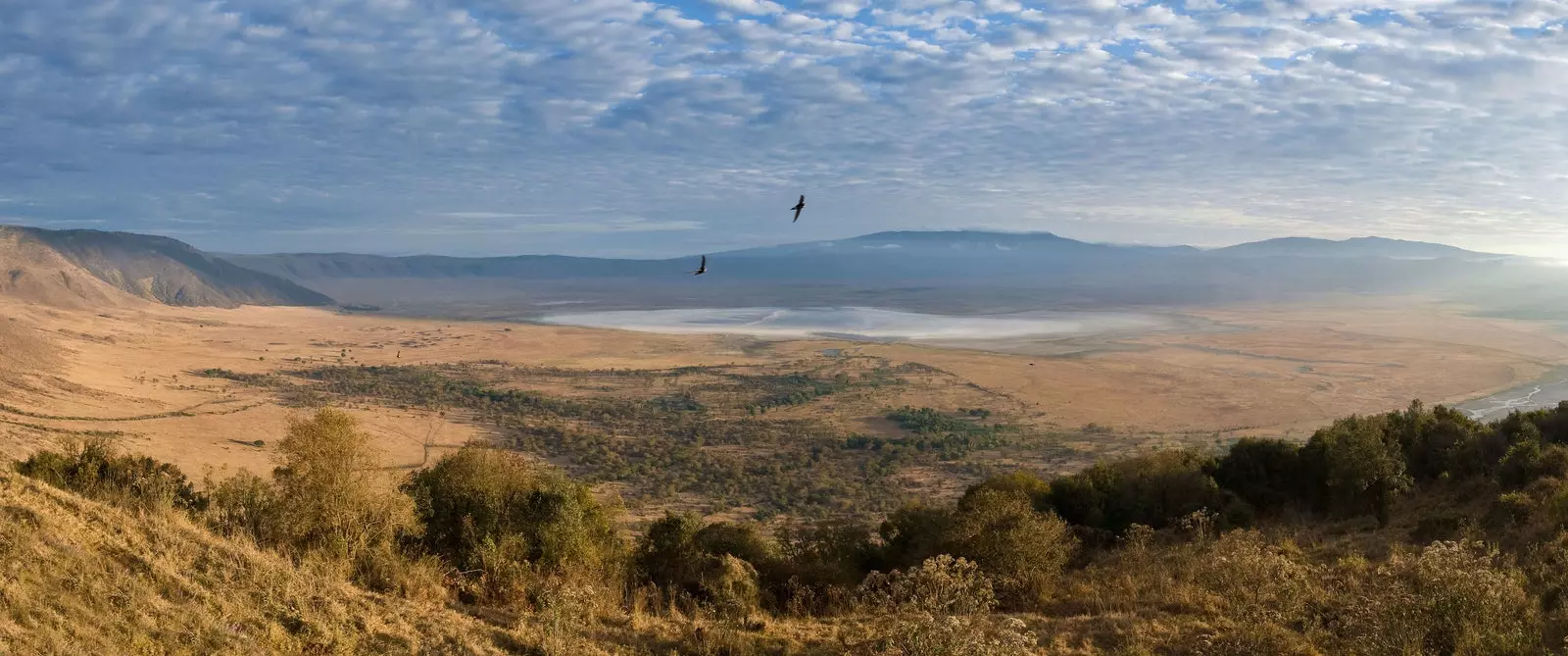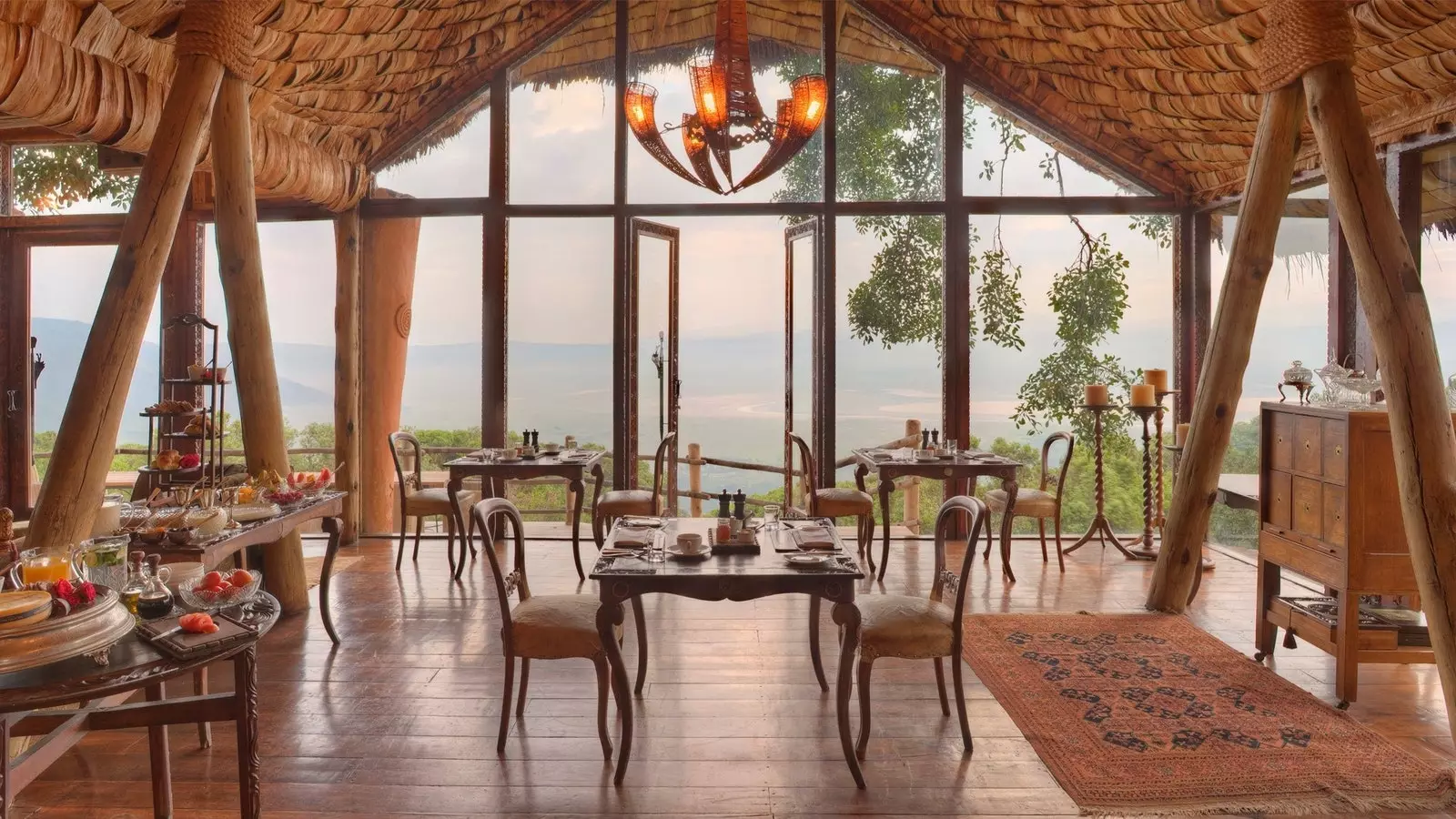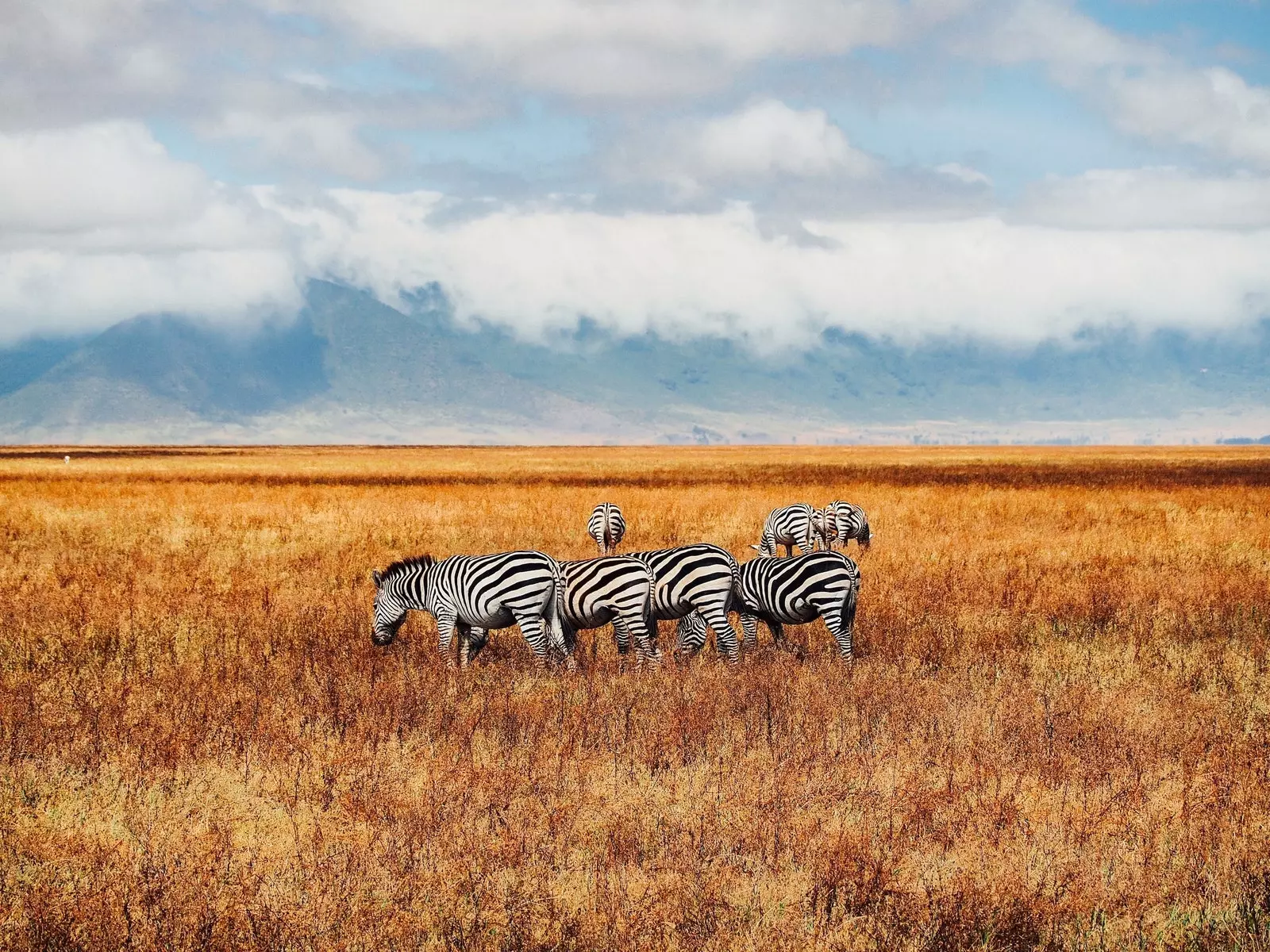
Ngorongoro, the crater where (wild) life was born
There are certain issues that only seem possible in some very specific parts of the planet. Like riding in an SUV and giving way to a family of elephants who does not understand dirt roads and prefers the cross country. Wake up, open the terrace and find a antelope grazing with whom to share breakfast time. Discover one of the best african sunrises . or see the Big Five – lion, leopard, elephant, black rhino and buffalo – in an ancient volcano barely 20 kilometers in diameter. Welcome to ngorongoro crater.

Ngorongoro, the crater where (wild) life was born
This privileged place Tanzania , very close to the border with kenya , constitutes one of the largest volcanic calderas in the world, formed after the explosion and collapse of an immense volcano. The result is a bowl of imposing walls that range between 400 and 600 meters in which more than 25,000 mammals crowd. Not surprisingly, it is considered the smallest area in the world where you can see the so-called Big Five of Africa.
The crater is part of the Ngorongoro Conservation Area of more than 8,000 km², which has nine volcanoes –only one active, yes–, with one of the most important deposits in Africa –the oldupai gorge , known as the cradle of Humanity – and with several tens of thousands of masai , the only ones authorized to live and graze in this area.
ONE OF THE BEST SUNRISES IN AFRICA
To get to know the crater, the ideal is to sleep in one of the edge lodges . There are luxurious ones with impressive views of the crater like the Ngorongoro Crater Lodge or more modest like the Rhino Lodge, run entirely by masai and with a living room dominated by a huge fireplace that calls to share stories while tasting a Serengeti, a Kilimanjaro or a Safari, the most common beers in the country.

Ngorongoro Crater Lodge
However, it must be taken into account that the visit to the crater starts very early , around four in the morning, since one of the best experiences is to see how the sun begins to filter through the walls of the crater, slipping between the characteristic acacias and cornering the dim blue light of the moments before dawn. And yes, we recognize it, it is a unique, brief and unforgettable moment in which it is practically impossible not to remember the chords of Circle of Life and wait for it to appear Rafiki with Simba in his arms.
Because the truth is that, as we go into the crater, we are observing practically each and every one of those animals that Disney drew in his classic. Zebras, elephants, wildebeest, buffalo, various types of antelope, baboons, hippos, flamingos, lions, leopards or hyenas. It is easy for the heart to shrink in several instants when some herd of herbivores start running in a millimetric and synchronized stampede. Here, the only animal missing is the giraffe that was left out of this peculiar natural ark by not being able to go down the sloping walls of the crater. Although it must be said that in Ngorongoro the king is not the lion –and that is estimated to be one of the places with the highest density of these felines in all of Africa– but the black rhino . In critically endangered , the crater is one of the few places where it can be seen since several dozen of them live here. It is not easy to see it up close, but it is relatively easy to observe its characteristic silhouette cut out on the horizon.
FORESTS, LAKES AND EXTENSIVE MEADOWS
As if they were small neighborhoods within an unusual city, here many animals have their areas. The elephants take refuge in the lerai forest , especially in the early hours of the day, while this area of lush vegetation also serves as a resting place for leopards, perched on the trees and apparently oblivious to everything that happens below them. The hippos, much more dangerous than is popularly believed, frolic in the Lake Mandusi while flamingos and countless other birds take refuge in the Magadi, an alkaline lake – 'magadi' in Swahili means soda – which should not be confused with its namesake in neighboring Kenya.
Here, the human being is only a temporary visitor who is not even allowed to set foot outside the jeeps that visit the crater. only the masai , without a doubt one of the best known tribes and charismatic from Africa, they retain their right to graze in the area and can live here, although not inside the crater itself, but in the conservation area.

Zebras in Ngorongoro
